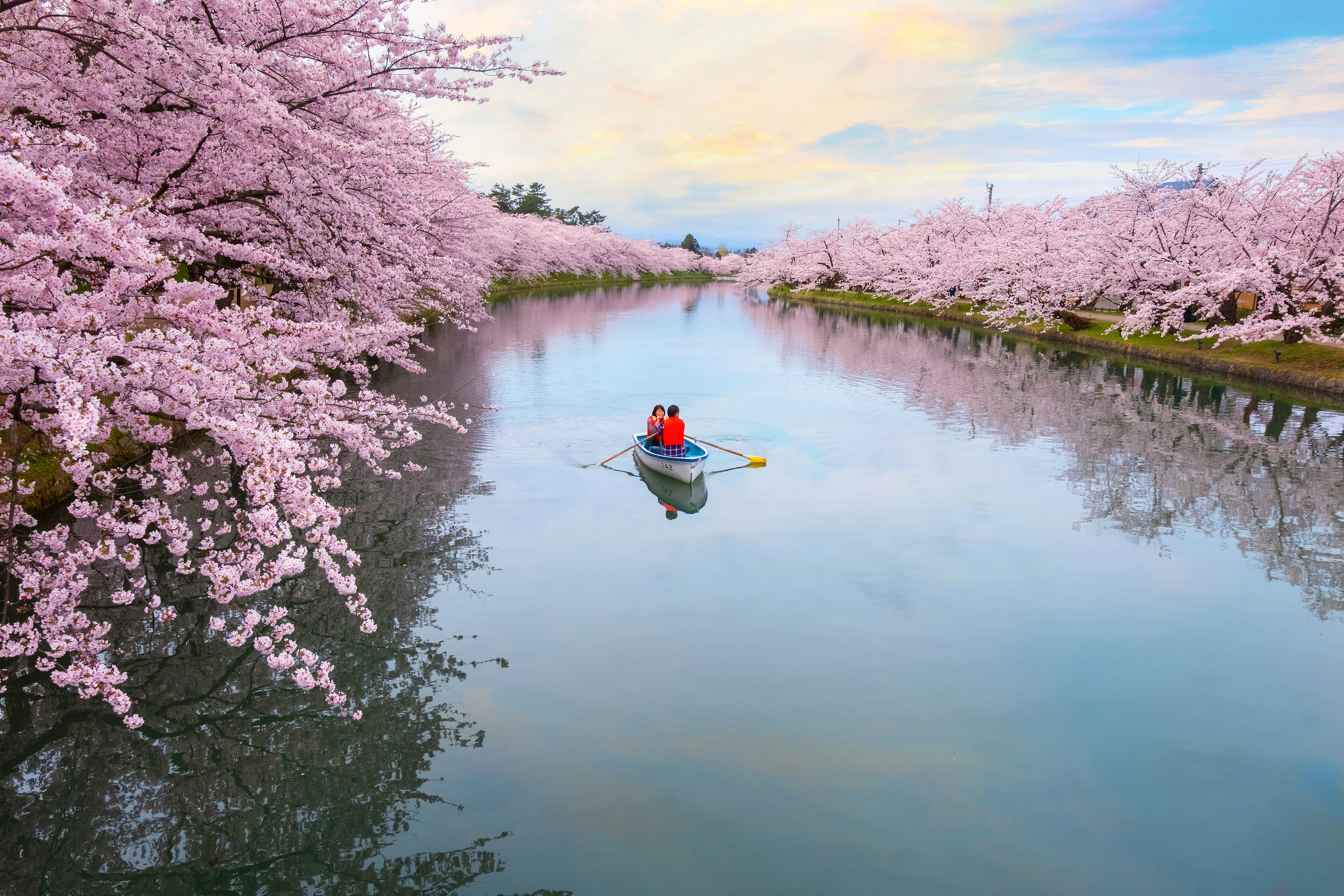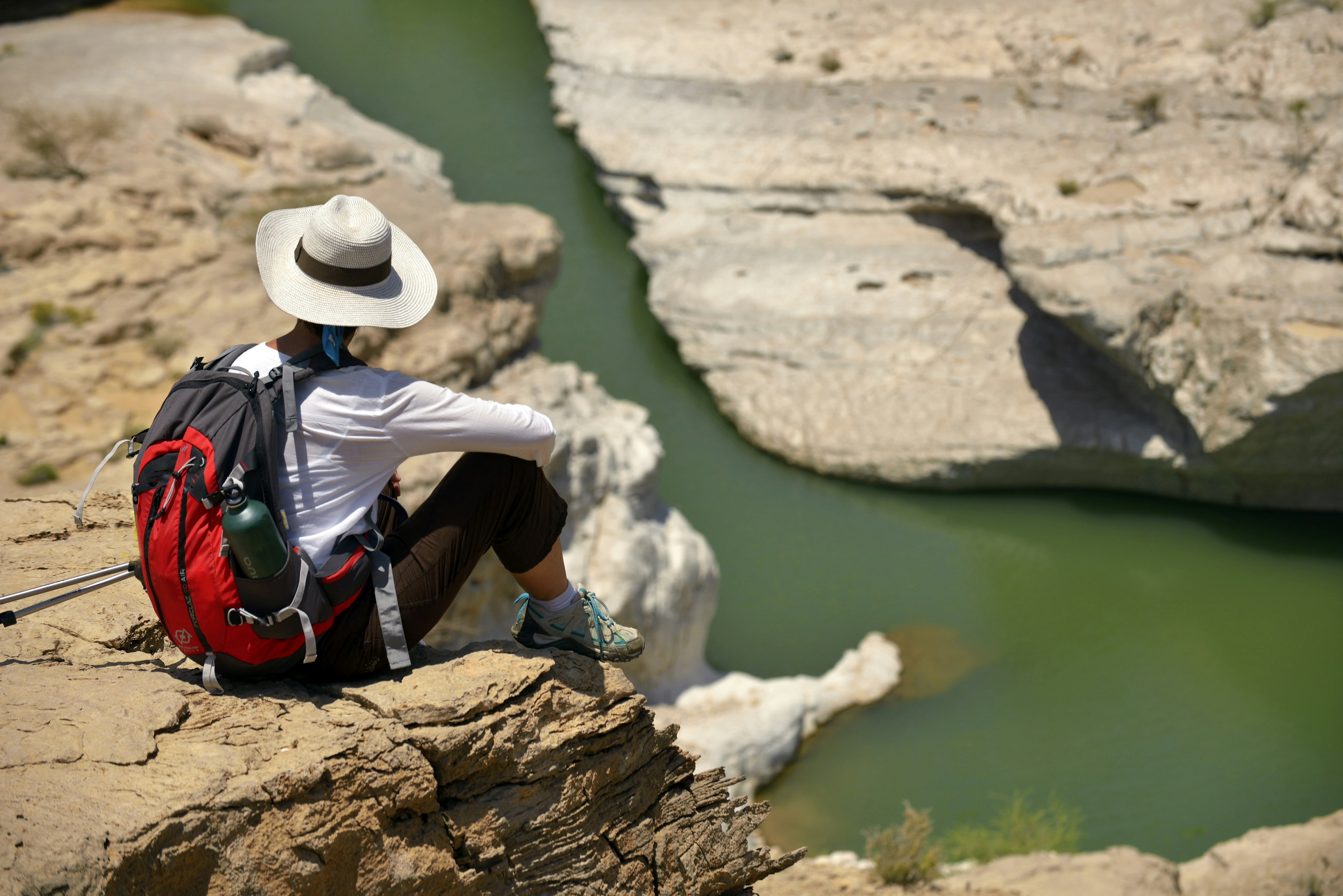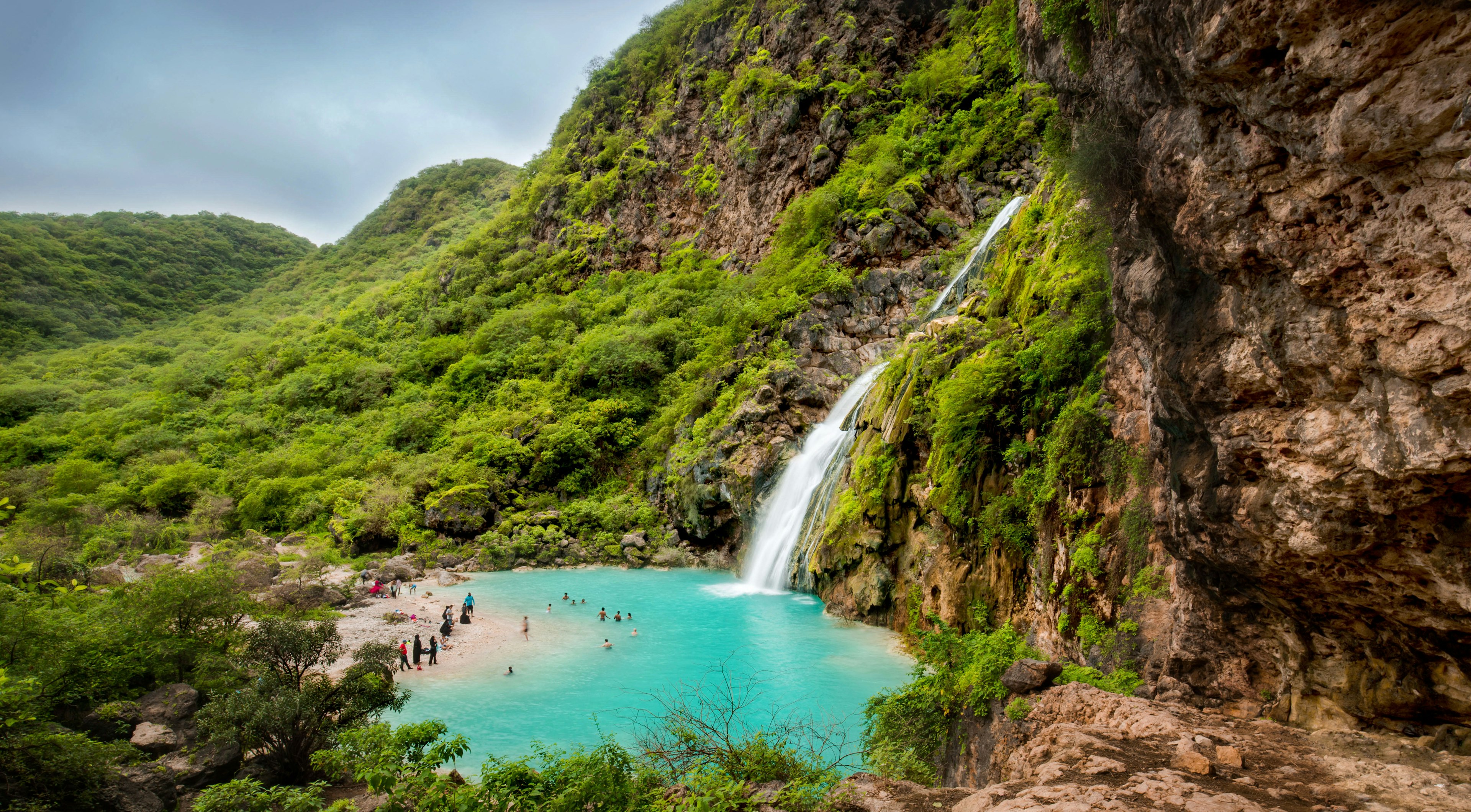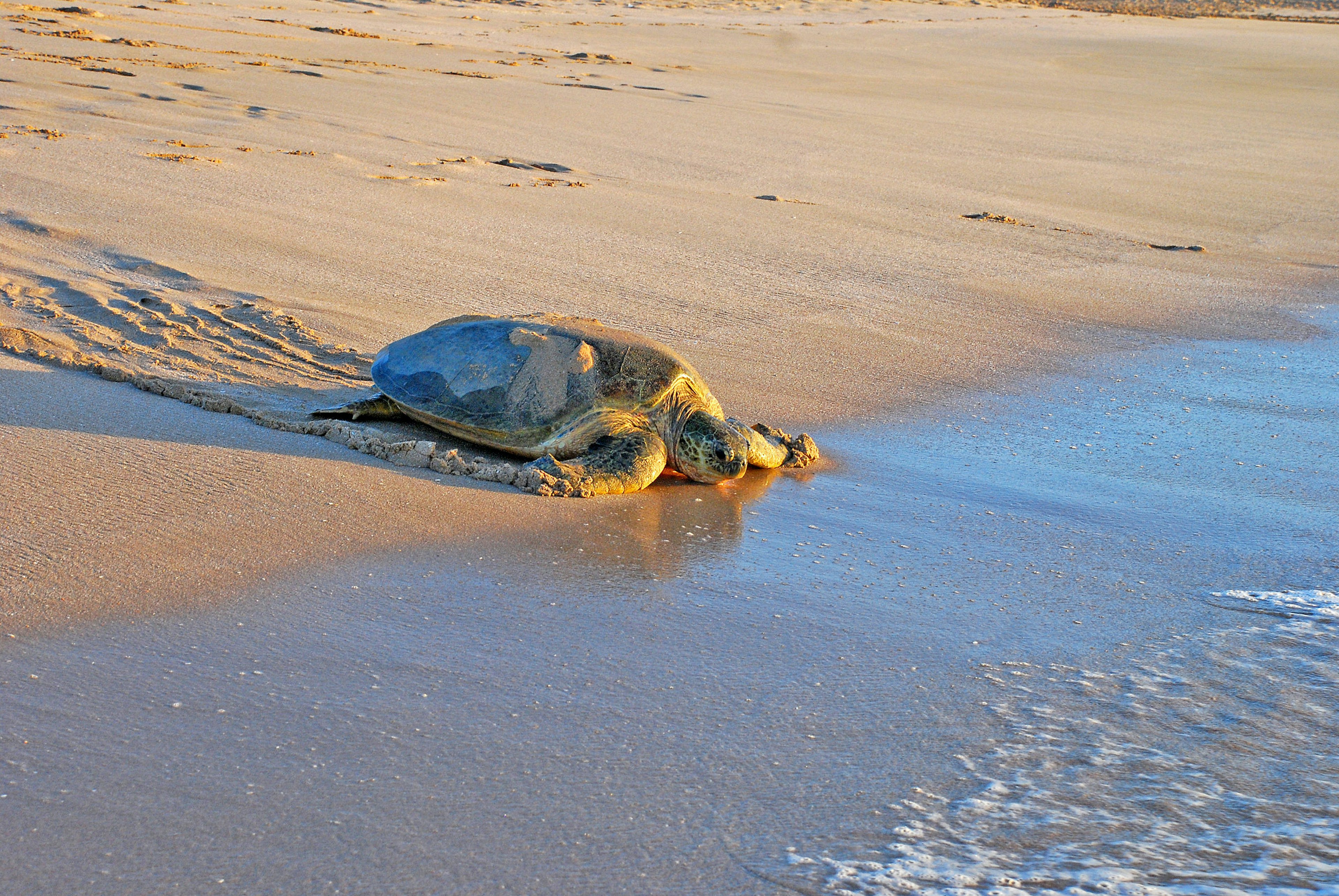Interested in a real Caribbean experience? An island that’s more about street food, surfing, diving, sipping rum and local chilling than huge resorts with tepid buffets?
Our answer might surprise you, because the island we have in mind is known for honeymoon hotels and some of the most luxurious resorts in the Caribbean. Yet St Lucia, in the eastern Caribbean’s Windward Islands, is a place with a warm heart and a proud local culture. It’s an island where you can listen to children rehearsing steel pan in a school yard, or watch a weaver turn a palm leaf into a hat.
Here, you can mountain bike through the rainforest with a local guide informing you of the medicinal properties of plants around you, or listen to country music in a dive bar. (Fun fact: St Lucians harbor a secret passion for Dolly Parton.) It’s a place where you can hear a fisherman notify the village of the day’s catch by blowing on a conch shell, or rub up against the locals (literally) at a Friday-night fish fry.
If you’re looking for a real Caribbean experience, you will find it in St Lucia.

A locally run hotel is the best place to stay in St Lucia
To avoid the resorts, be sure to choose a locally run small hotel or short-term rental. If you want to be in the popular Rodney Bay area and enjoy access to the beach, the Bay Gardens group of hotels is an appealing choice: all its properties have an authentic St Lucian feel and à la carte food service. The Bay Gardens Inn is the most affordable option and feels most like a homestay. Further along the bay, consider Island Mix, a charming place on the waterfront. (Even if you don’t stay here, it’s worth dropping in just to explore the local handicrafts on sale and enjoy a cocoa tea in the cafe.)
If you don’t need to be near a beach, and you fancy hiking the majestic Pitons – those twin volcanic plugs that you’ve seen in all the photographs – then try Têt Rouge, tucked away on a hillside above Choiseul. Though it’s run by Canadians, the team is passionate about the island and most of their local staff have been with them since the beginning.

Enjoy activities galore, then feast on street food
If you like surfing, you might want to have a go at kitesurfing: try the kitesurfing school on unspoiled Cas-en-Bas beach. You can also ride a horse into the sea here if you take one out from the nearby Trim Riding stables.
The diving is great in St Lucia, with more than 150 species of fish and 24 “no-take” marine reserves – especially the waters around Soufrière, where Scuba Saint Lucia is based. The Pitons loom over this area of the island, so you could conceivably hike in the morning and dive in the afternoon for a full day out.
For street food, head to the Gros Islet Friday-night fish fry (otherwise known as the ”jump up”), where you can try cheap local specialities such as fried mahi mahi, roti and goat curry. If you want something a little less hectic, try the event in Anse La Raye, which is a bit more low-key.

Where to get the best-value rum experience in St Lucia
As for sipping rum: perhaps the best-value rum tasting on the planet is at Saint Lucia Distillers, where US$12 buys you an interesting tour of the site and a “pour your own” tasting of several different rums. (If you only want the tasting, you’ll pay just US$6.) Since the rum tastes better with a local vibe, head to Irie Bar in Gros Islet, a bamboo shack adorned with flags where you can listen to some reggae beats and chat with the locals.
Without an all-inclusive resort in sight.










